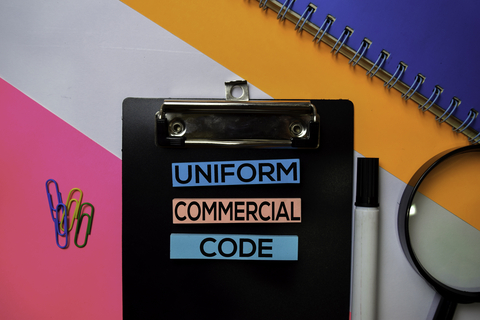Comprehensive report: Investigator’s friend or foe?
One of the most popular resources in an investigator’s toolbox is the comprehensive report. Vendors like TLO, Tracers, LexisNexis, and others compile records on your subject from their database into one report. One search, and you have it all. It’s a busy investigator’s dream. Or is it?
Unlike many other investigators, I don’t use comprehensive reports for all my cases. For some, they’re essential. But I only use these reports when I need them, and always with extreme caution. Here’s why:
It takes you another step away from the source
As it is, when you use a database that gathers records from multiple sources (an aggregator) – whether it’s a news story, tax lien, or property tax assessment – it takes you away from your source document. That adds time and room for error. Data entry, missed records, lag time, you name it. Something’s bound to happen in the process that will affect the integrity of your results. Now comes the comprehensive report, which, as a compilation, takes you even further from the source. With that comes a new set of possible errors and missing records. I recently learned about a great example of this issue in a PI email discussion thread. Colleague Jordan Smith shared that, in one database, he found out the comprehensive report only searches criminal records by SSN, which means any records in that same database with redacted SSNs won’t show up. You can find them, though, if you just run a separate criminal search by name or other identifier.
It’s created by a machine
In addition to the errors that you’re bound to see when using aggregated sources, a comprehensive report is created by an algorithm, with no human interaction or quality control. If you haven’t already done it, take a look at your own comprehensive report, and you’ll be surprised by what’s there – and maybe by what’s not. For example, when spouses jointly apply for credit, SSNs become muddled and records for one appear on the other’s report. For our investigations, I frequently find tax liens that I know have been released, but it doesn’t show up. Also, I often get way too much information, with reports that can run more than 100 pages. That’s when some human intervention comes in handy. Run separately, I can limit my searches or filter results to show just what I need, without the rest of the noise.
It only includes U.S. information
In our investigations, many of our subjects are U.S.-based. But many are not, and more than a few hide assets overseas. Again, with a comprehensive report, you’re limited to what’s in one particular database, which likely won’t include global sources. These require going beyond the comprehensive and taking advantage of specialized databases, keeping in mind that many countries have stricter privacy laws than the U.S. That’s why it pays to tap into your global investigative connections, while also managing client expectations about availability of non-U.S. information.
A useful tool, the comprehensive report is essential for some investigations. But it may be easier – and cheaper – to run your searches separately, with better results. And remember to never, ever trust what’s in a comprehensive report. For any investigation, it’s only the starting point.




[…] Get as close to the source as possible – Dennis always worked with the freshest ingredients from local food producers, and it made a tremendous difference in the results. In research and investigations, you get the most reliable results by going directly to your sources rather than stopping at the comprehensive report. […]